LTO support projects of Borssele NPP and Ringhals NPP
LTO support projects of Borssele NPP and Ringhals NPP
27 May 2020
A complete LTO approach was set up
Performed in full compliance with IAEA Safety Standards
Both LTO projects have led to regulator approval

LTO at NRG
The LTO team of NRG led by Frederic Blom is involved in many LTO projects. These are spread far and wide: from Sweden to Argentina. The LTO team offers:
- Reliable and independent LTO services
- Tailored to each specific nuclear power plant
- Consultants with global experience
- Our in-house developed TULIP approach
LTO assessment: searching the best approach
There is a need for a generally accepted approach for LTO assessment of nuclear power plants (NPPs), as an increasing part of the nuclear fleet approaches the original design lifetime. The IAEA developed Safety Standards and other guidance to provide for such approach. Two examples will be given of LTO assessment projects which used this IAEA guidelines and some additional analyses. Borssele NPP in the Netherlands used IAEA Safety Guide NS-G-2.12 and Safety Report No. 57 (later incorporated into and superseded by IAEA Safety Guide SSG-48) as a basis for their LTO assessment project. The experience gained in the Borssele LTO assessment project was used for the set-up of the LTO assessment project for Ringhals NPPs in Sweden.
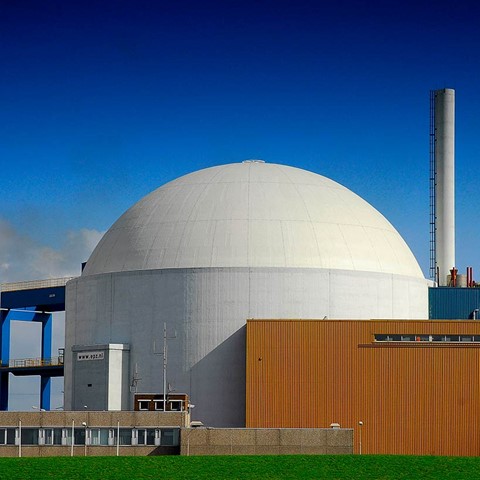
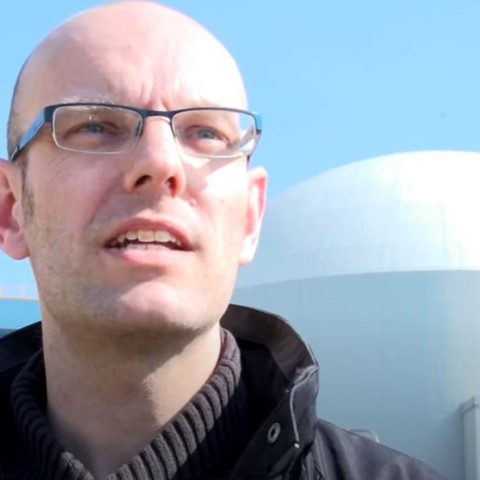
Borssele LTO assessment project
The Borssele nuclear power plant (in Dutch ‘Kerncentrale Borssele’ or KCB) planned for operation until 2034 (60 years). On 16 June 2006, a covenant between the owners and the government was signed in which operation until 31 December 2033 was agreed upon. 40 years of operation was assumed in the original safety report (SAR). A formal license change application process was submitted based on a comprehensive LTO assessment project to revalidate the SAR for 60 years of operation.
Performing to governmental standards
In the Netherlands, the nuclear regulatory requirements are contained in the Nuclear Energy Act. Within the Nuclear Energy Act the so called Nuclear Safety Rules (NVRs = Nucleaire Veiligheids Regels) provide the basis for a system of more detailed safety regulations for NPPs. This set of rules is based on the IAEA Safety Standard Standards. Application of the NVRs is monitored by the ‘Kernfysische Dienst’ (KFD), the Dutch nuclear inspectorate. The IAEA guidelines available at that time were applied for this project:

Scope setting and ageing management review (AMR)
The scope setting was performed as an initial step of the LTO assessment. All SSCs in scope of LTO assessment were identified on a system level based on the criteria from IAEA Safety Report No.57. AMR involved detailed technical evaluation of in-scope passive long-lived components (e.g. main coolant piping) as well as passive subcomponents of active long-lived SCs (e.g. main coolant pump casing) to demonstrate that the ageing effects are adequately managed in a way that the intended function(s) will remain consistent with the plant licensing basis during LTO. All reports were reviewed by the Dutch nuclear regulatory authority.

Active components
The IAEA Safety Report No.57 was largely based on US NRC rules, which assume that any plant implementing LTO also applies the Maintenance Rule (10 CFR 50.65). The Maintenance Rule ensures proper ageing management of active components, however, the Maintenance Rule is not mandatory in NPPs that do not fall under the regulations of the US NRC. Therefore, evaluation of active components was included in the LTO project in line with the methodology of the Maintenance Rule. The active components are classified into three groups: mechanical, structural/civil and electrical.
Note: Currently valid IAEA Safety Guide SSG-48 already clearly recommends to manage ageing of both passive and active SSCs.
Time limited ageing analyses (TLAAs)
TLAAs were identified according to criteria from IAEA Safety Report No.57 (consistent with currently valid IAEA Safety Guide SSG-48). Identified TLAAs at Borssele NPP were TLAAs for reactor pressure vessel, fatigue, leak before break and equipment qualification for design basis accidents (EQDBA).
Revalidation of reactor pressure vessel TLAA
The time-dependent parameter for the Borssele reactor pressure vessel (RPV) is neutron fluence and ageing effect associated with this parameter is neutron embrittlement. A safety assessment of the RPV, including the assessment of irradiation induced ageing of the Borssele RPV, has been carried out. The structural integrity of the RPV with respect to operation, irradiation surveillance and pressurized thermal shock (PTS) analysis was assessed using fluence calculations validated by shadow calculations and scraping samples from the RPV. Finally, the RPV safety was evaluated in terms of the up-to-dateness of the assessment methods used (including Master Curve) and by a general benchmark of the Borssele results with RPV safety assessment data worldwide. It could be proven that the safe operation of the Borssele RPV is guaranteed by comprehensive state-of-the-art methods for all load cases with large safety margins.
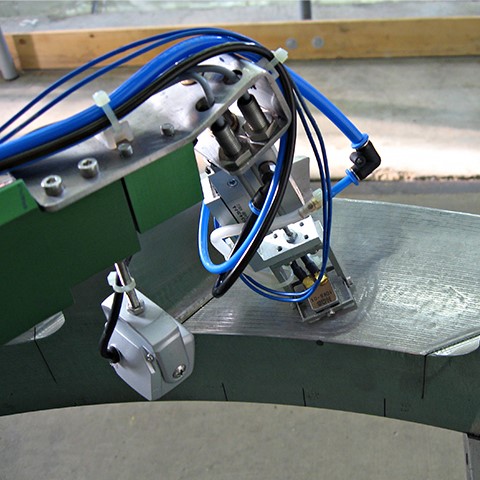
Revalidation of fatigue
To be able to revalidate the fatigue analyses for LTO including the incorporation of possible environmental influence, best estimate calculations of the fatigue life are needed including realistic assumptions of the (thermal) loads. The FAMOS system was implemented for this reason during the yearly outage in 2010. It abled to precisely monitor thermal loads including stratification. A systematic review of fatigue assessment was performed for all component locations in the scope. A cumulative usage factor for expected number of transients in 2034 (CUF2034) was calculated for every in-scope component location.
Detailed assessment was performed for the locations where CUF2034<1 could not be demonstrated for LTO period to prove that adequate safety margins against crack initiation by fatigue are in place. Calculations and additional measures, a sound basis was given for the prevention of crack initiation by fatigue for the period of LTO.
Revalidation of leak before break (LBB)
LBB is part of the break preclusion concept at Borssele NPP. The scope for break preclusion for LBB is:
The goal of the review was to demonstrate that the Break Preclusion concept (Bruchausschluß), as implemented in 1997, remains valid for LTO until 2034. The assessment concluded that the time dependent assumptions in LBB TLAAs are not restricting operation for 60 years.
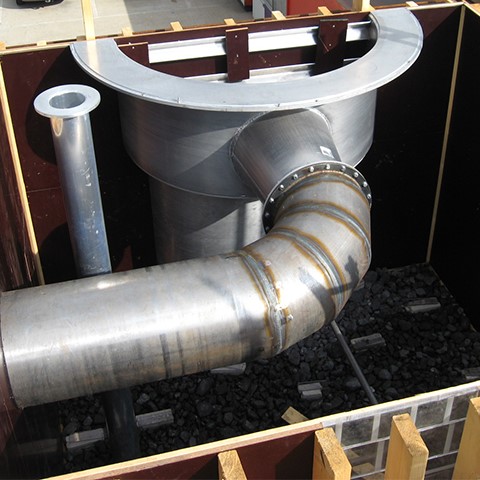
Equipment qualification for design basis accidents (EQDBA)
Due to the Harrisburg accident, it was realized in the mid-1980s that the electrical and I&C components did not have a qualification for harsh environment conditions. Subsequently, a list of equipment needed to manage the design accidents was developed based on design basis accident scenarios and required safety functions. The selected hardware was qualified in conformity with the German KTA standards. The EQDBA TLAA was assessed by the implementation of a method to establish the qualified life of each component with a harsh environment qualification for LTO. The EQDBA project led to the qualification of design basis accident resistant equipment, where for components with insufficient data requalification and replacement programmes was carried out.
Applying the lessons learned at Ringhals NPP LTO
NRG used the experience of the Borssele NPP LTO assessment project to set up the LTO assessment project of Ringhals NPP.
After development and agreement upon the LTO approach, Ringhals NPP and NRG had set-up a more detailed LTO methodology for Ringhals units. During several workshops, NRG consultants trained Ringhals NPP staff to understand related IAEA guidance and suitable way how to implement it. Based on these workshops and with support of NRG consultants, Ringhals staff defined their LTO methodology. The IAEA IGALL TLAAs were used as a basis for identification and revalidation of Ringhals NPP TLAAs. The Ringhals NPP LTO methodology was positively evaluated during several IAEA SALTO peer missions.
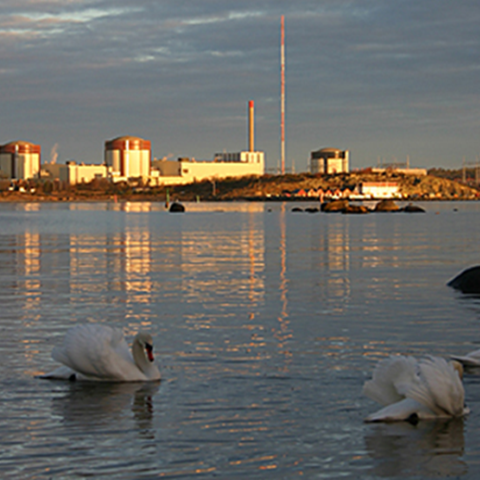
Conclusion
The IAEA guidelines provide a generally and globally accepted methodology for ageing management and LTO assessment. Two examples of LTO projects which used these guidelines were presented. Borssele NPP in the Netherlands used IAEA guidance as a basis for their LTO assessment project. The outcome of the LTO assessment project was submitted to the Dutch regulator for an extension of operational license for LTO until 2034. In 2013, the extended license was approved by the Dutch regulator.
The experience gained in the Borssele LTO assessment project was used for the set-up of the LTO assessment project for Ringhals NPP in Sweden. Ringhals NPP also adopted the IAEA guidance for the general structure of their LTO project which have led to successful approval of Ringhals LTO.
More information?
Contact the NRG ageing management and LTO projects manager Robert Krivanek

